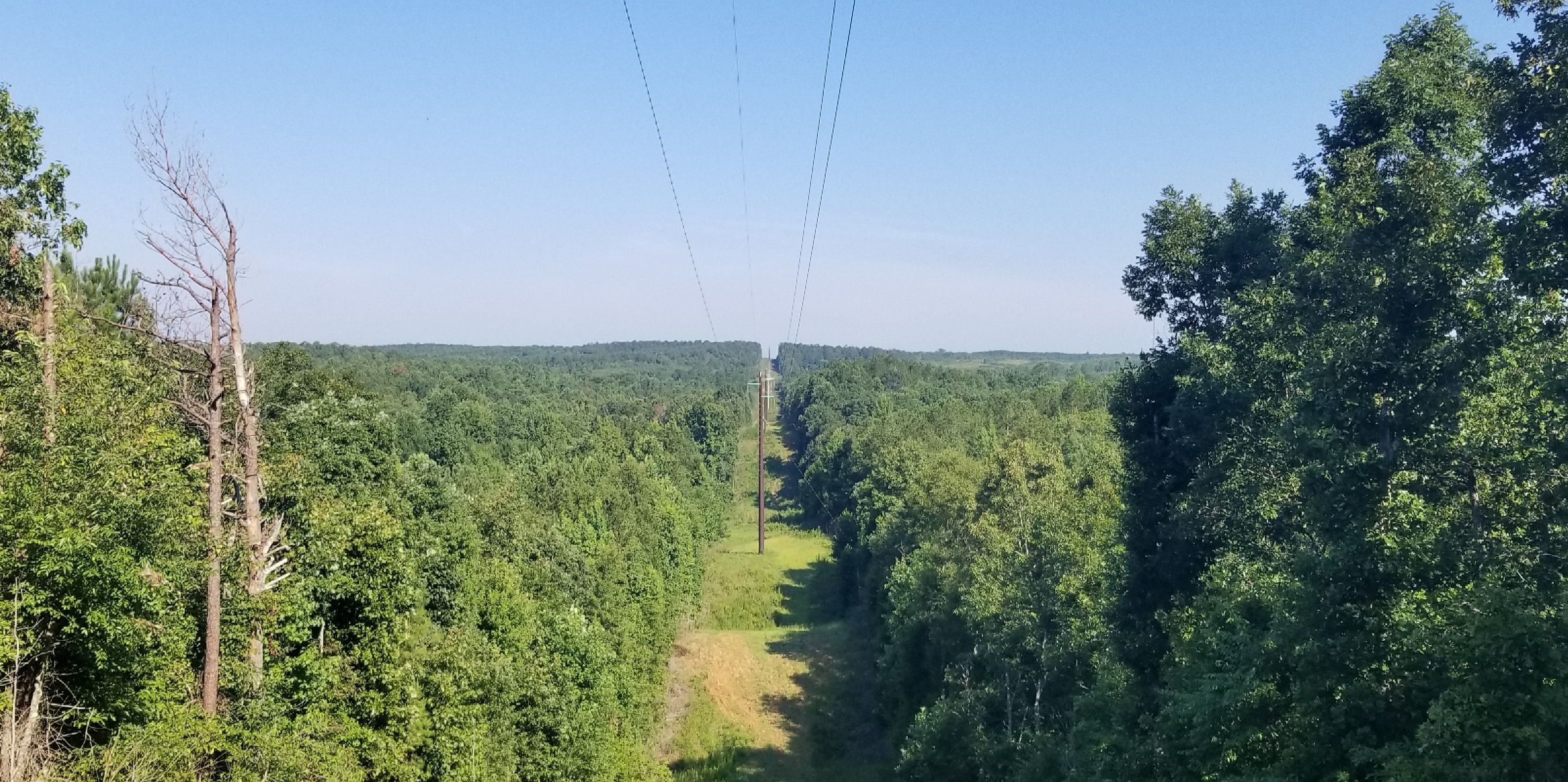Many properties are either burdened or benefited by easements - but what is an easement, and what does it mean if your property is the subject of an easement?
What is an easement?
An easement gives someone the right to use a section of land for a specific purpose, even though they are not the owner of that land. Typically this could be an easement for access or an easement for drainage.
The land with the benefit of the easement is called the dominant or benefited land.
The land burdened by the easement is called the servient or burdened land.
The owner of the burdened property continues to own the land, but the owner of the benefited lot holds certain rights over the area of the easement.
How do I know if my property is the subject of an Easement?
Easements may be created in various ways, although they are commonly registered on the title of the property and are discoverable by conducting a title search of your property.
The nature, location and terms of the easement will be set out in the dealing which is registered on the title.
What does it mean?
If your property is benefited by an easement, then you will have the rights set out in the easement over the burdened property.
If you have an easement burdening your land, you may not be able to build any structure on or over the easement land, or use the easement land in any way which interferes with the rights of the benefited party.
Otherwise, the owner of the land benefited by the easement may have the right to sue you, or to destroy the structure to gain access to the easement without being liable to compensate you for the damage.
Creation of an Easement
Holman Webb recently acted for a hospital which proposed to sub-divide its property into two lots.
Our client’s property was located on a creek which may flood during heavy rain. However, if the creek flooded, the new lot would be completely cut off, as the only road access to the subdivision could be submerged under the flood water.
The council consented to the sub-division, subject to a number of conditions.
The conditions included granting an easement for access and egress in the case of emergency. There were also discussions about raising the roadway, however, this could potentially result in flooding sections of the neighbouring property.
Luckily, our client was able to come to a mutually satisfactory agreement, however, not all adjoining neighbours are so ‘neighbourly’.
The enactment of Section 88K of the Conveyancing Act 1919 (NSW) in 1995 granted the court power to impose easements over servient land where necessary for the effective use of the dominant land.
The operation of Section 88K is of obvious benefit to builders and developers.
Lesson
The concept of an easement is simple. However, the law relating to easements is quite complex and is frequently litigated, particularly in relation to the maintenance of land subject to the easement.
It is best to take time to understand the terms of any easement which may benefit or burden your property and to take effort to ensure that all rights are expressly provided for in any instrument creating an easement, particularly if you are purchasing real property or planning construction.
If you have a query relating to any of the information in this article, or you would like to speak with a member of Holman Webb's Property team with regard to a matter of your own, please don't hesitate to get in touch today.


